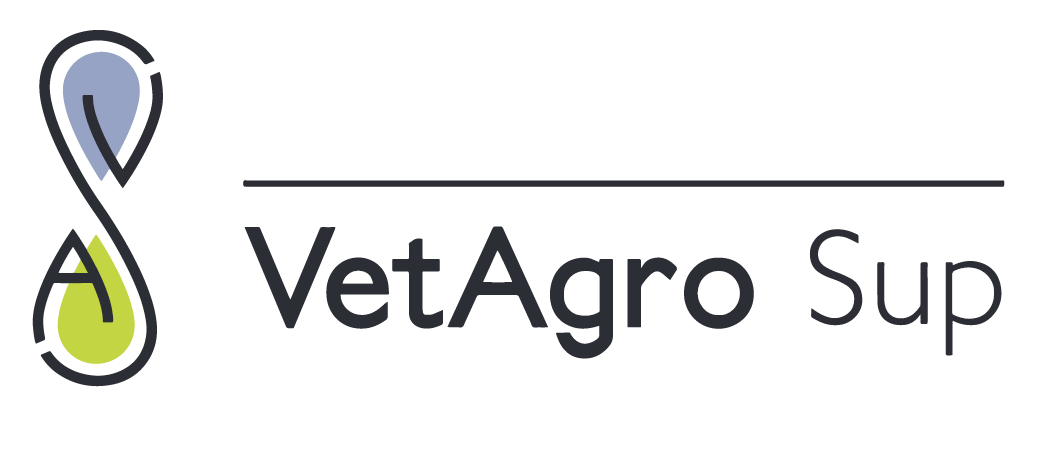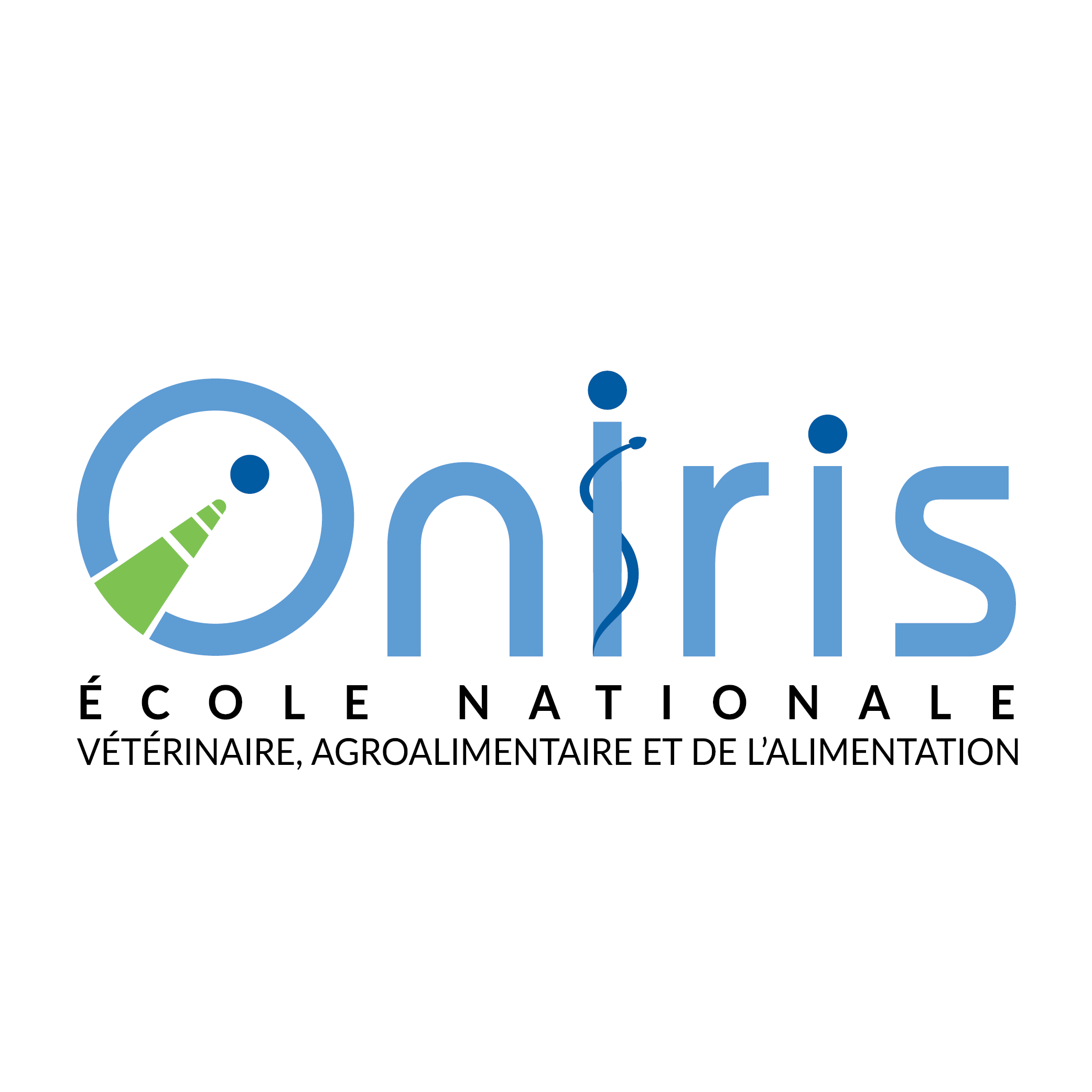formations université numérique
- Accueil
- Accueil Université numérique
- Formations
- e-Cerise: online - Continuing Education for VeteRInary SErvices
e-Cerise: online - Continuing Education for VeteRInary SErvices
e-Cerise: online - Continuing Education for VeteRInary SErvices
Descriptif de la formation
This training course for veterinary officals was developed by the Ecole Nationale des Services Vétérinaires (ENSV) within the network of OIE Collaborating Centres in cooperation with professors from France’s four veterinary schools, the Ecole Inter-Etats des Sciences et Médecine Vétérinaires de Dakar (EISMV, Senegal), and the University of Montreal (SaintHyacinthe, Canada).
This online training course has been developed to complement two major strategic activities of the OIE:
- The OIE PVS Tool (Evaluation of Performance of Veterinary Services). The majority of the PVS critical competencies are addressed in the 10 training modules.This online training programme will further the objectives of the OIE PVS Pathway with regard to the strengthening of veterinary services.
- The training of OIE Focal Points. When possible and relevant, veterinary officials expecting to serve as OIE Focal Points should complete this online course before attending the face-to-face training seminars currently offered by OIE headquarters.
Each of the course’s 10 training modules will provide prerequisite skills and fundamental knowledge that will enhance subsequent participation in training sessions for OIE Focal Points.
This online training course has been developed to complement two major strategic activities of the OIE:
- The OIE PVS Tool (Evaluation of Performance of Veterinary Services). The majority of the PVS critical competencies are addressed in the 10 training modules.This online training programme will further the objectives of the OIE PVS Pathway with regard to the strengthening of veterinary services.
- The training of OIE Focal Points. When possible and relevant, veterinary officials expecting to serve as OIE Focal Points should complete this online course before attending the face-to-face training seminars currently offered by OIE headquarters.
Each of the course’s 10 training modules will provide prerequisite skills and fundamental knowledge that will enhance subsequent participation in training sessions for OIE Focal Points.
Photo

Prerequisites
An advanced degree in the veterinary sciences and 3 to 5 years of
relevant professional work experience.
relevant professional work experience.
Programme
Structure of the course
1. Competencies addressed: At the end of the course, students should be able to:
- Design, implement, and evaluate procedures
o to ensure veterinary public health in their home country
o to oversee the international trade of animals and animal products
o to promote animal welfare (including animal health)
- Establish, coordinate, and monitor stakeholder consultation strategies at the national level during the decisionmaking process (interdisciplinary competency)
- Communicate effectively as veterinary officials (interdisciplinary competency)
2. Titles and sequence of the e-CERISE training modules
The course includes 12 modules of three days each, which are designed to meet the PVS Tool requirements. Two of the twelve
modules are optional.
Because veterinary officials play critical roles in the regional and international trade of animals and animal products as well as in
emergency responses to critical situations, the course will begin with the modules (1) Sanitary Standards for International
Trade and (2) Emergency Response. These modules will encourage students to take a global perspective, and they will
highlight the importance of the standards established by international organisations, including the OIE.
The three subsequent modules will provide the students with tools, methods, and skills for organizing their daily work and for
confronting challenges: (3) Project Management (face-to-face session), (4) Organisation of Veterinary Services, and
(5) Risk Analysis.
The next six modules focus on various situations and problems which veterinary officials have to face, and teach the attendants
to design, implement, and evaluate procedures according to OIE recommendations. These scenarios include (6)
Epidemiological Surveillance, (7) Prevention and Control of Disease, (8) Veterinary Products and Antimicrobial
Resistance, (9) Food Safety, and (10) Animal Welfare.
Finally, two additional modules shall be offered: (a) Inspection of Fisheries and Freshwater Products and (b) HumanAnimal-Environment Relationships.
Each module of the course will reinforce the abovementioned interdisciplinary competencies.
1. Competencies addressed: At the end of the course, students should be able to:
- Design, implement, and evaluate procedures
o to ensure veterinary public health in their home country
o to oversee the international trade of animals and animal products
o to promote animal welfare (including animal health)
- Establish, coordinate, and monitor stakeholder consultation strategies at the national level during the decisionmaking process (interdisciplinary competency)
- Communicate effectively as veterinary officials (interdisciplinary competency)
2. Titles and sequence of the e-CERISE training modules
The course includes 12 modules of three days each, which are designed to meet the PVS Tool requirements. Two of the twelve
modules are optional.
Because veterinary officials play critical roles in the regional and international trade of animals and animal products as well as in
emergency responses to critical situations, the course will begin with the modules (1) Sanitary Standards for International
Trade and (2) Emergency Response. These modules will encourage students to take a global perspective, and they will
highlight the importance of the standards established by international organisations, including the OIE.
The three subsequent modules will provide the students with tools, methods, and skills for organizing their daily work and for
confronting challenges: (3) Project Management (face-to-face session), (4) Organisation of Veterinary Services, and
(5) Risk Analysis.
The next six modules focus on various situations and problems which veterinary officials have to face, and teach the attendants
to design, implement, and evaluate procedures according to OIE recommendations. These scenarios include (6)
Epidemiological Surveillance, (7) Prevention and Control of Disease, (8) Veterinary Products and Antimicrobial
Resistance, (9) Food Safety, and (10) Animal Welfare.
Finally, two additional modules shall be offered: (a) Inspection of Fisheries and Freshwater Products and (b) HumanAnimal-Environment Relationships.
Each module of the course will reinforce the abovementioned interdisciplinary competencies.
Acquired skills
At the end of the course, the participants will have the knowledge
and skills necessary to actively participate in the design, implementation,
evaluation, and coordination of veterinary public-health policies. They will
understand how to implement OIE recommendations for their home countries.
The content of the course will be adapted, on a case-by-case basis, to the local
situation for each student’s home country and to the strategy designed for that
country as a result of the PVS Gap Analysis.
and skills necessary to actively participate in the design, implementation,
evaluation, and coordination of veterinary public-health policies. They will
understand how to implement OIE recommendations for their home countries.
The content of the course will be adapted, on a case-by-case basis, to the local
situation for each student’s home country and to the strategy designed for that
country as a result of the PVS Gap Analysis.
logo

Partnership
logo

logo

logo

Prospects
statut
Formation continue
Teaching languages
Langue d'enseignement
Français
Français & Anglais
Anglais
Useful information
- Durée de la formation : Length of the training10 months
- Formation : Blended learning, Temps partiel
- Le contenu du cours sera adapté, au cas par cas, à la situation locale du pays d'origine de chaque participant.
Training sites
VetAgro Supadresse
1 Avenue Bourgelat - 69280 Marcy-l'Étoile - France
© Agreenium, the French training and research alliance for agriculture, food, environment and global health - Contact

